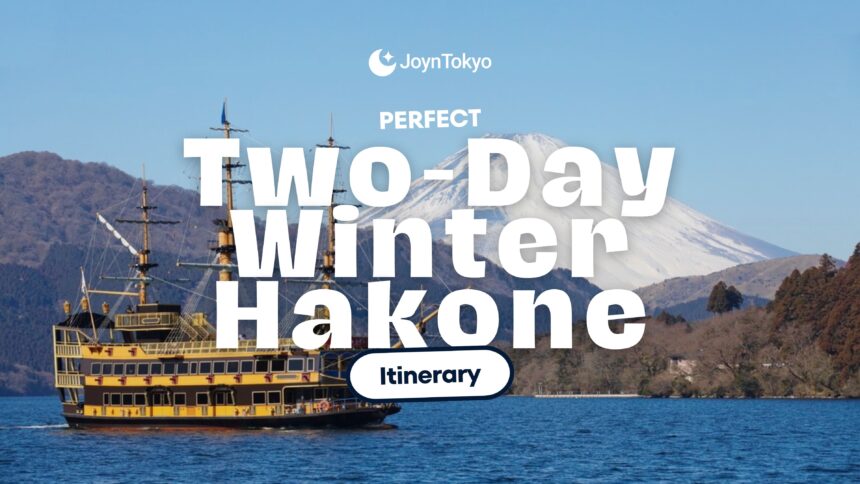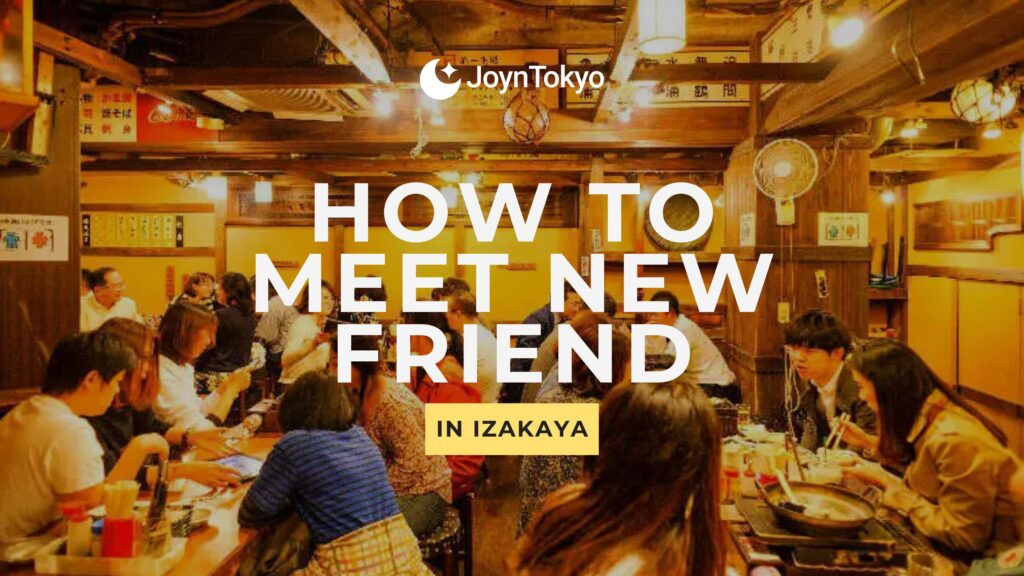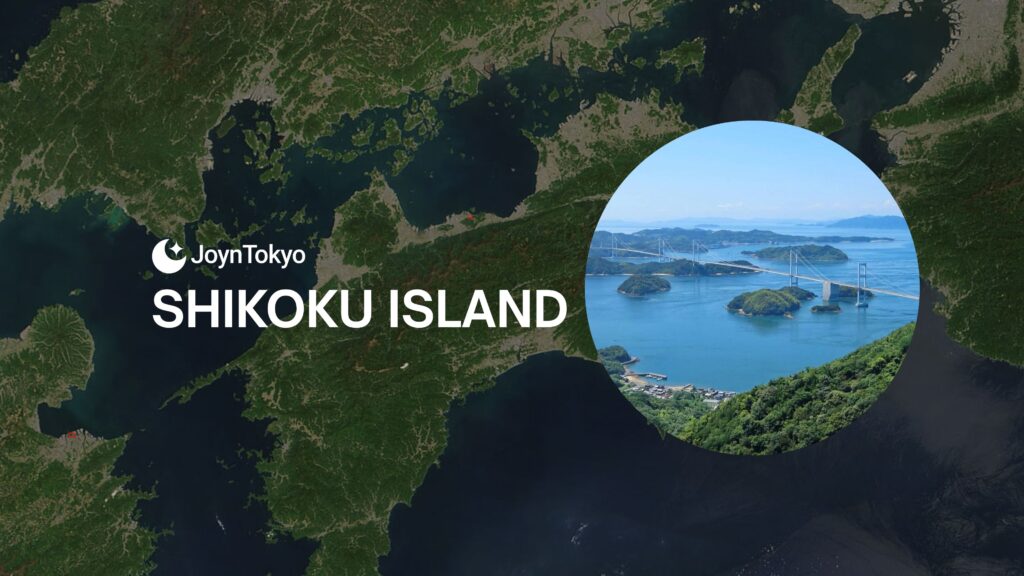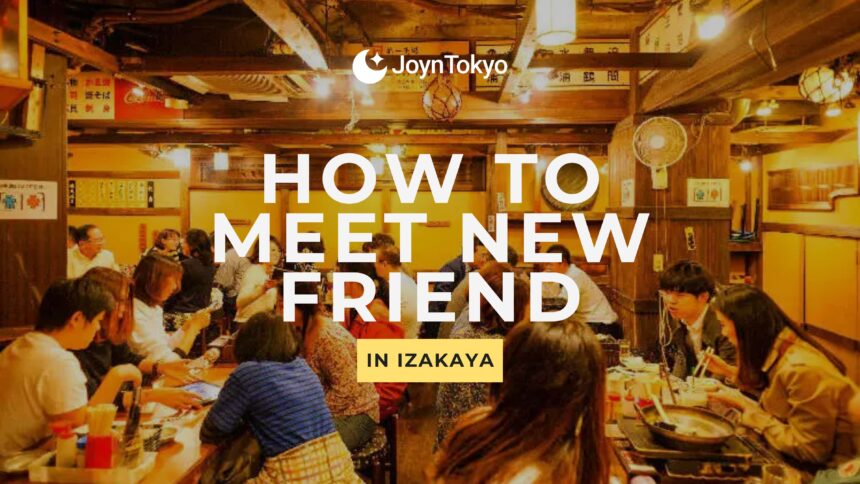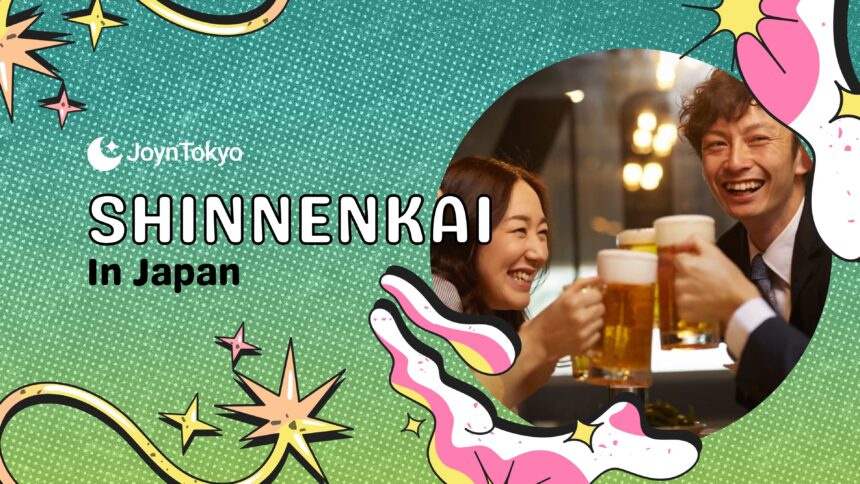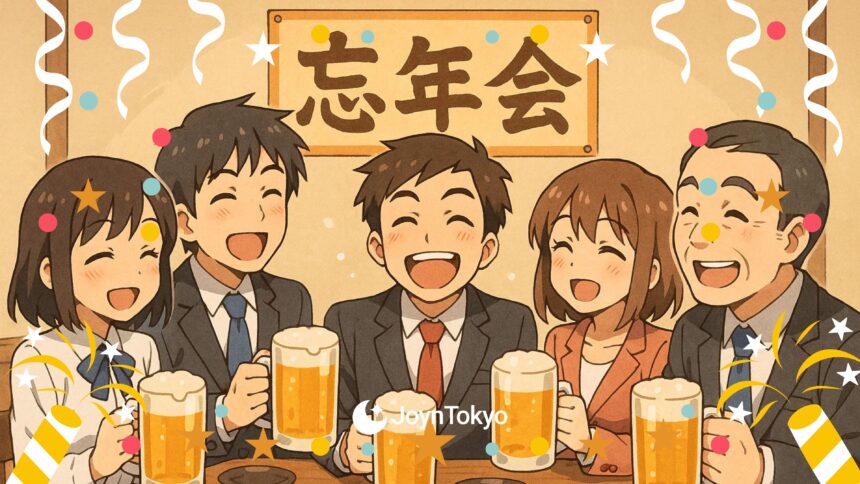Japan is wonderful all year round, but winter is noted by many for how calming and beautiful it can be. After the heat of the summer and the charm of the autumn, the longer, chillier nights often make you feel compelled to curl up with a good book and a nice hot chocolate. For those who are instead compelled to fulfil their wanderlust, though, there are also a number of options, and we recommend that you consider Hakone!
If you’ve ever thought of coming to a visit, or you live in Tokyo and are looking for a little trip away, you’ve probably heard of Hakone before. But what is Hakone like, where is it, and why is it so charming in winter? Hope on board, and we’ll tell you!
Hakone Basics
Hakone is a small town in Kanagawa Prefecture, south of Tokyo. It has a long history as a resort town for those who love onsen, Japanese public baths that use natural hot spring water. This is due to it being a volcanically active area, which also explains the steam that constantly rises from Owakudani, which we will explore in more detail below.
While it is hot in the summer, in the winter temperatures can drop to below freezing. While snow is not guaranteed by any means, it is not unheard of. The lower temperatures also mean that, from higher elevations, you are more likely to be able to enjoy spectacular views of Mt. Fuji.
Top Things to Do
Hakone may be a fairly small town, with a population of just 11,000 people, but its unique attractions have made it popular with domestic and international tourists for centuries. Here are just a few of the best places to visit during the winter.
Owakudani
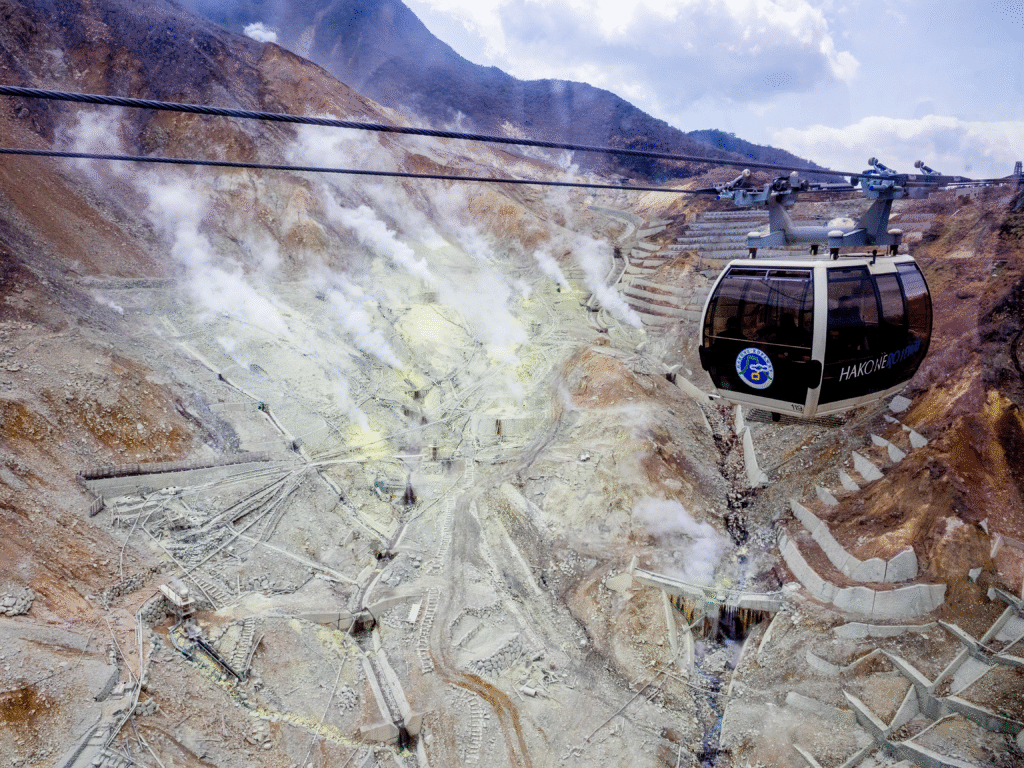
This is the easiest recommendation to make for anyone staying or stopping at Hakone — provided you’re not to sensitive to smell. It is an active volcanic valley, where the high volume of sulphur that is expelled from beneath the ground daily has stained some of the stone a light green color.
More than that, when you reach the top of the valley via cablecar, you will hear triumphant music as your ride reaches the apex of its journey and you get your first glance of the valley… and your first smell of sulphur. It can be a little overpowering at first, but you soon get used to it, and on a clear day, Mt. Fuji can be seen in all its splendor from your position atop the valley.
A local delicacy here is the kuro-tamago, or Black Egg. Not to be confused with a century egg, these are hard boiled eggs cooked in the hot spring waters that run through Owakudani. The presence of sulphur and other volcanic minerals in the water turns the shells of the egg pitch black. The egg inside, however, maintains its while and yellow color and hard boiled texture, even if it does have a slightly sulphuric smell (but not taste). Legend has it that eating one of these eggs will extend your lifespan by seven years.
Lake Ashinoko
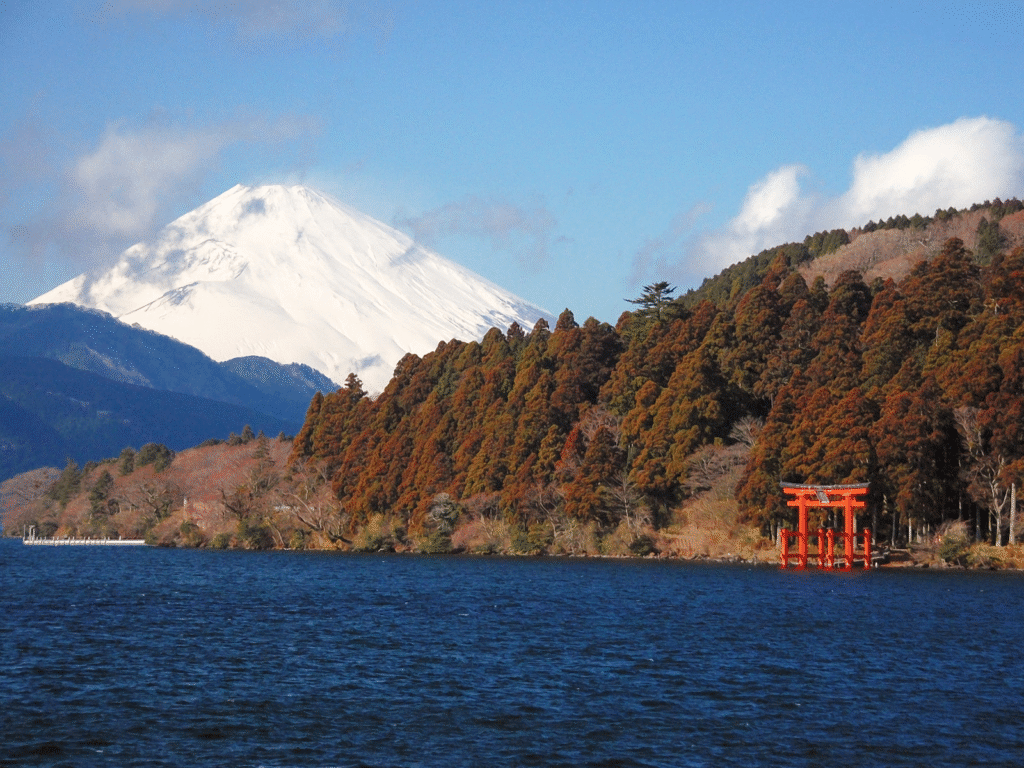
This is a gorgeous crater lake, formed nearly a millennium ago by an eruption from nearby Mt. Hakone. Thanks to its proximity to volcanic activity, the area around the lake is home to a number of naturally occurring hot springs, which in turn have been incorporated into a number of onsen and ryokan traditional inns. The high mineral count in the waters has also resulted in truly beautiful surrounding flora, and the hilly surroundings make it an ideal spot for anyone who enjoys a good hike.
If you want to get to the other side of the lake, but you’re not in the mood for walking, you could always cross in style: pirate style. Passengers can board one of three pirate galleons to ferry them across the lake, and enjoy the stunning panoramic views of nature around them, including getting a spectacular vantage of Mount Fuji.
Hakone Open-Air Museum
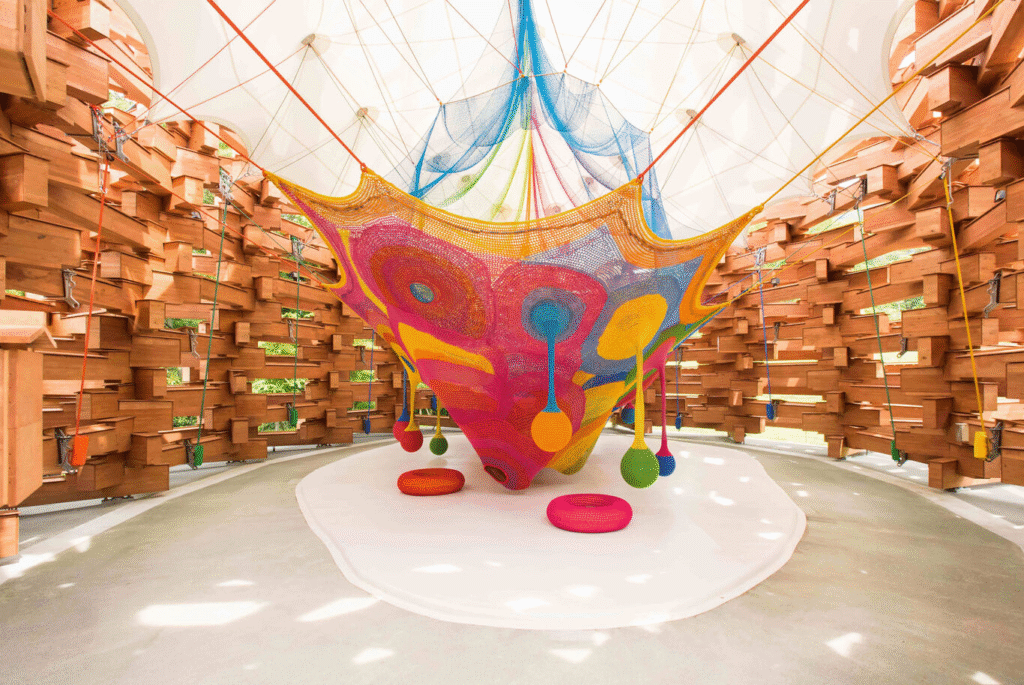
The first open-air museum in Japan, this outdoor gallery is famed for its sculptures collected from masters of the craft across the globe. The work of sculptors such as Émile-Antoine Bourdelle, Antony Gormley, and Susumu Shingu can all be found on the grounds here. Additionally, the museum has a permanent Henry Moore exhibit, where the works of the renowned British sculptor are rotated periodically, with a focus on the piece Upright Connected Forms.
Arguably the jewel in the crown of the exhibits is its Picasso collection, where the founder of cubism’s work can be admired, demonstrating his artistic capabilities beyond just the canvas. Here, you will be able to discover a less often considered side of the artist, with over 300 pieces donated from his estate, including over 180 ceramic pieces.
Onsen
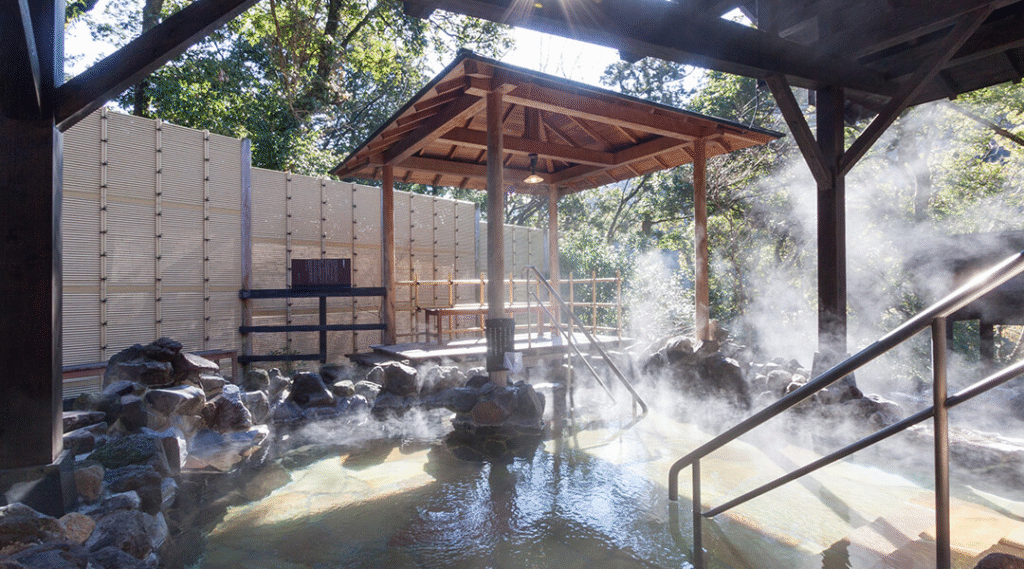
As mentioned above, the high degree of volcanic activity in the area means that a lot of natural hot springs have developed, making Hakone and its surrounds a joy for anyone who wants to enjoy a soak to relax and recharge.
In addition to the aforementioned Lake Ashinoko, Yumoto has been known as one of the best onsen towns in Japan for centuries. Perhaps the standout is Tenzan Tojikyo Onsen. It is not only a relatively tattoo-friendly onsen, something of a rarity in Japan, and especially rare in Hakone, those who are inked up are permitted entry — on the condition that they come alone, or are the only tattooed person in their group.
After a dip in their relaxing baths, which legend has it have restorative and healing properties, you can take your dinner in their restaurant. It is even possible to have shabu-shabu, a dish of beef that you cook yourself by dipping it into hot liquid.
Usually, it is dipped into oil, but Tenzan Tojikyo Onsen can provide hot spring water that is alkaline, suitable for drinking, and melts away excess fat from the meat to give the meat a subtle yet refreshing flavor.
Two-Day Itinerary
With those in mind, here is a sample of a two-day itinerary for anyone visiting Hakone this winter. Please be aware that it is wise to start the day having arrived in Hakone the evening before to stay in an inn or hotel.
Day 1
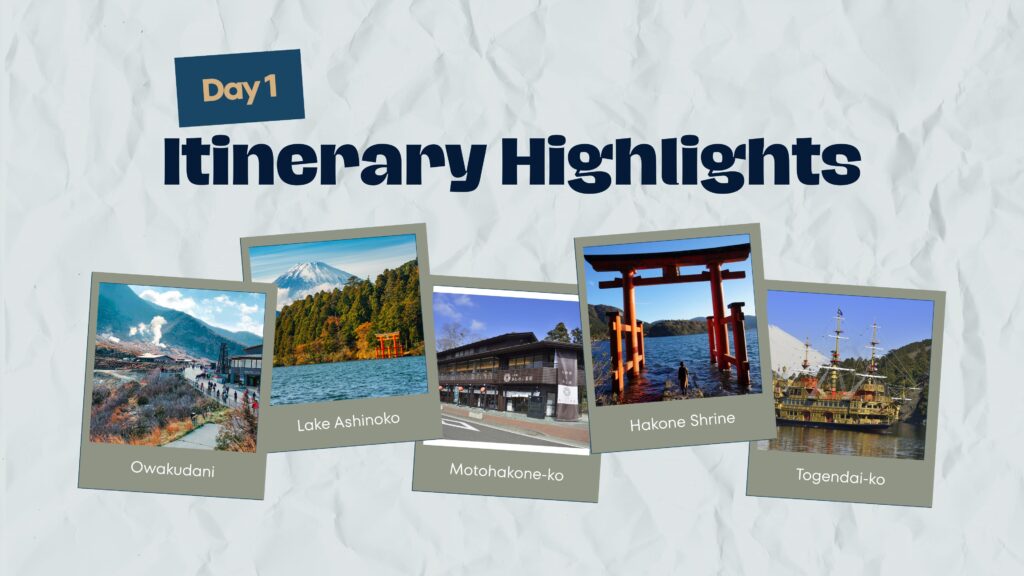
Breakfast: Take breakfast at your place of lodging, to fuel up for the day. Make sure to wrap up warm.
Owakudani: Take the Hakone Ropeway from one of the stations to the top of the valley. Enjoy a kuro-tamago, a light snack that will, if the legends are true, add seven years to your life (note: this does not stack, and you cannot attain immortality through eating eggs).
Lake Ashinoko: Move down from Owakudani to Lake Ashinoko via Togendai-ko, and board the pirate ship cruise across Lake Ashinoko. It’s a fun and unique way to see the sights, and Mt. Fuji is often visible on clear winter days.
Lunch: Get lunch after disembarking at Motohakone-ko. There are a number of local restaurants in the area, serving simple but classic Japanese food. A hot bowl of soba noodles are especially welcome on a cold winter’s day.
Visit Hakone Shrine: A shrine which has over 1,000 years of history behind it. Next, move on to the red torii, the Gates of Peace that overlook Lake Ashinoko.
Dinner at Gora Brewery: Return on the ship to Togendai-ko, then head to Hakone-Yumoto for dinner and drinks at Gora Brewery, which serves craft beer and excellent food. It’s cold outside, but there is even a small footbath outside with hot water! But remember to bring a towel.
Day 2
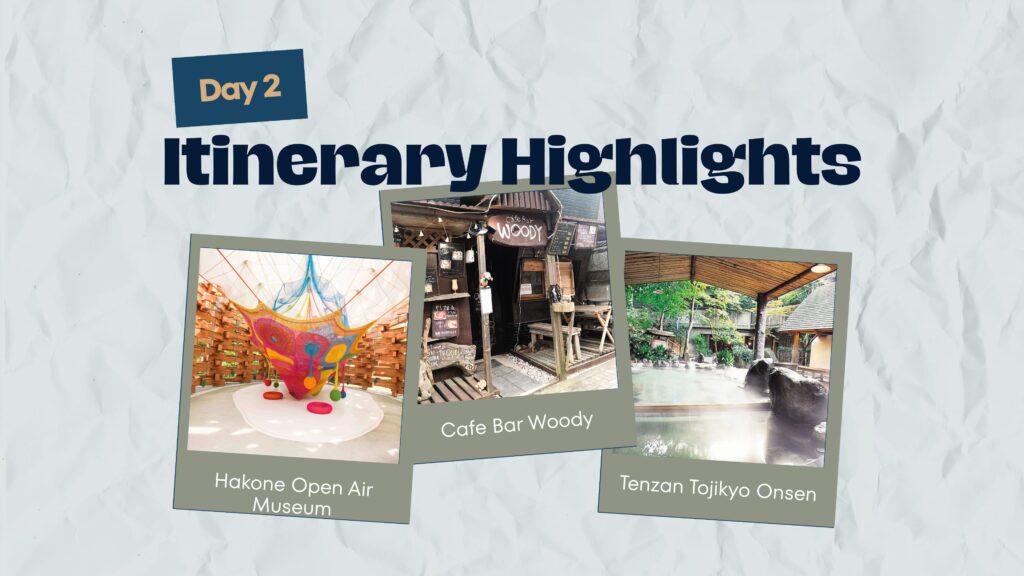
Breakfast: Fill up on breakfast once more, and put on enough layers.
Hakone Open Air Museum: Head to the Hakone Open-Air Museum. Enjoy some of the most interesting modernist art from Japan and around the world. It’s a large museum, so make sure you have the whole morning open.
CafeBar Woody: Get a delicious burger lunch at CafeBar Woody, right next to the museum. It serves excellent burgers and sides in a restaurant with a wonderfully appointed wooden interior.
Tenzan Tojikyo Onsen: Head to Tenzan Tojikyo Onsen to let the hot water wash away any sense of exhaustion from your walking over the past few days. It offers incredible views over the woods, and the bracing winter air contrasts well with the heat of the healing waters.
Dinner: Enjoy dinner at one of Tenzan Tojikyo Onsen’s restaurants, with unagi eel at Yamaboshi, or udon and shabu-shabu hotpot at Rakuten.
Tips and Things to Know
Here are a few tips for making the most of your time in Hakone.
- Make sure to buy a Hakone Freepass. These can be purchased at Shinjuku Station before leaving, and costs ¥6,100 for two days. This allows you to access all public transport in Hakone without additional cost.
- Take the Romancecar from Shinjuku Station, if leaving from Tokyo. It takes you to Hakone-Yumoto Station, and takes a mere 90 minutes.
- For anime fans, Hakone is the site of the fictional Tokyo-3 from Neon Genesis Evangelion, and you can often find unique Eva merchandise that you can’t find elsewhere.
- Bring shoes that are good for walking in: as you can tell, there is a lot of walking during the typical Hakone stay, and the area itself is quite hilly. So no tennis shoes for hiking in the winter!
And with that, we hope you will enjoy your two-day trip to Hakone. It’s a lovely place any time of year, but truly special in the winter. Have fun, and enjoy your egg!

